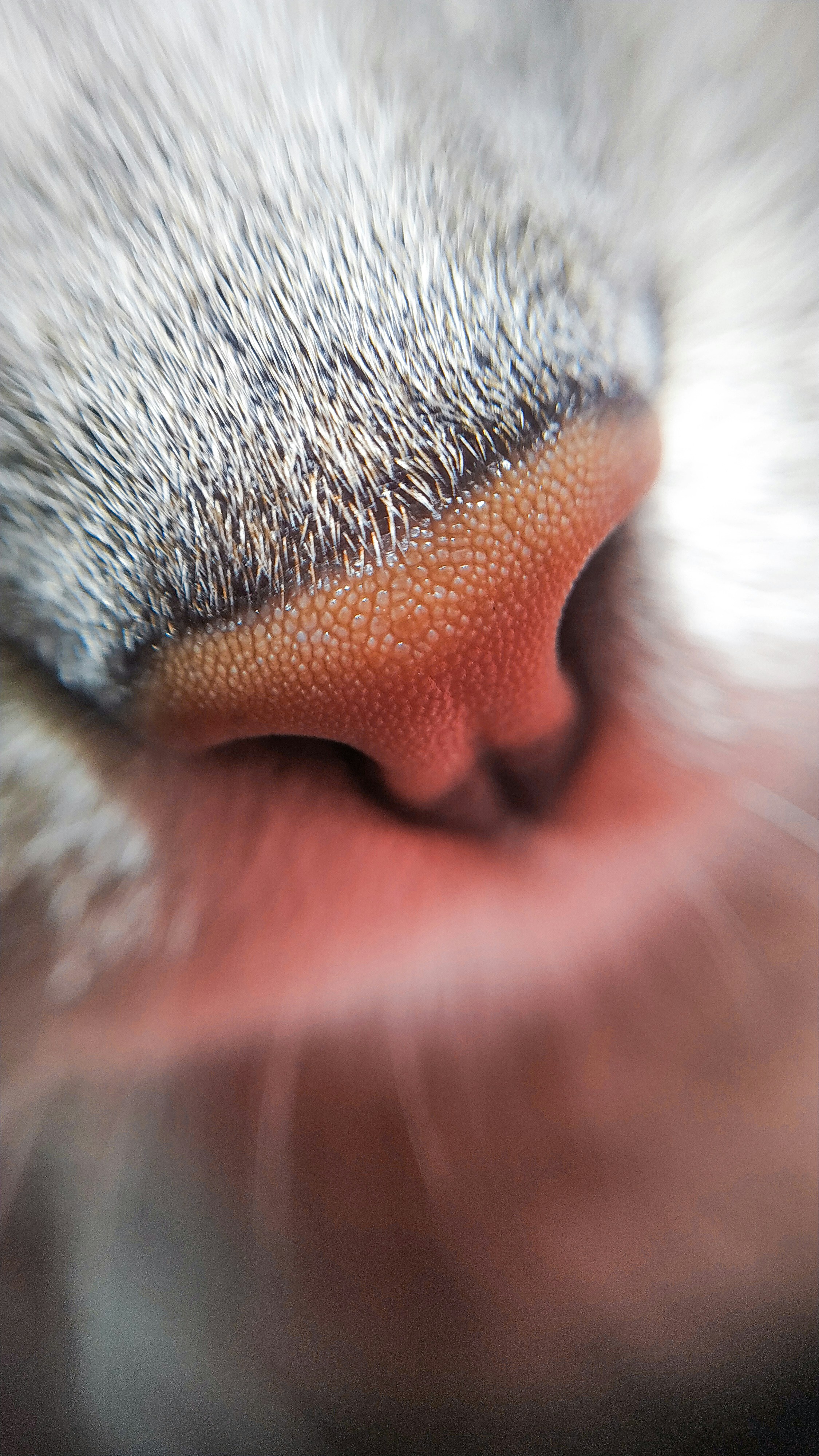Pet Pheromones: Unlock Your Companion’s Scent for Wellness
Every pet parent knows that our furry friends are unique individuals, each with their own quirks and personalities. But did you know they also communicate through scent? Harnessing the power of pet pheromones can be a transformative experience for understanding your companion’s behavior and enhancing their emotional wellness. Whether your pet suffers from anxiety, stress, or behavioral issues, exploring how to harness the hidden language of scent could be your key.
The Science of Pheromones: Understanding the Basics
Pheromones are chemical signals secreted by animals, promoting specific types of behavior. They play a vital role in communication, guiding your pet’s emotional state and responses. Each species has its specific set of pheromones—dogs and cats are particularly sensitive to these environmental cues.
Studies have shown that pheromones can influence an array of pet behaviors. For example, during stressful events such as thunderstorms or crowded vet visits, these scent particles can serve as calming agents. According to research published by the American Veterinary Medical Association, utilizing pheromone-based products can help reduce anxiety, aggression, and other behavioral challenges.
By familiarizing yourself with the pheromonal universe, you can learn to support your pet's emotional health. Techniques such as aromatherapy and pheromone therapy can offer hidden benefits, paving the way to a deeper bond with your beloved companion.
Different Types of Pheromones and Their Effects
-
Appeasement Pheromones: Often, these are released by mothers, signaling safety and comfort. Products that mimic these pheromones can be particularly effective for puppies during their transition to new homes.
-
Territorial Pheromones: These help establish territory among pets. If you’re introducing a new pet into your home, understanding this pheromone can assist in smoother transitions, reducing potential conflicts.
-
Fear and Stress Pheromones: Animals often emit pheromones when scared or anxious. Understanding this aspect can help you pinpoint what triggers your pet’s stress, facilitating tailored calming techniques.
This knowledge allows pet owners to approach situations with greater understanding and empathy. You might find that your dog is particularly anxious around certain adults due to past trauma, or that loud noises trigger a wave of distress. Harnessing the power of scent can help mitigate these emotional responses.
The Role of Environmental Factors in Pheromone Communication
It’s essential to create a harmonious living environment for your pet's emotional well-being. Environmental stressors—such as loud noises, new scents from visitors, or changes in your household dynamic—can all impact how your pet perceives the world. A study from Purdue University emphasized that pets thrive in steady environments, enhancing their overall morale and emotional well-being.
Creating an enriching space can involve incorporating calming scents into your home environment. Essential oils crafted for pets, like lavender or chamomile, can create soothing atmospheres. Combining scent with sound can enhance the calming effects. Explore our blog post on how soundscapes impact pet behavior for ideas on creating a sound environment that complements your pet's context.
Product Recommendations: Harnessing Pheromones at Home
When it comes to commercial pheromone products, there’s a wide array of options. Here are a few types to consider:
-
Diffusers: These devices emit synthetic pheromones mirroring a pet’s natural scents. They can be particularly beneficial in homes with multiple pets, as each can smell the calming signals.
-
Sprays: A quick solution for on-the-go relief, sprays can be used on bedding or in carriers to help ease anxiety during travel.
-
Collars: Some collars dispense pheromones continuously, offering ongoing comfort. These can be a great option for pets that experience generalized anxiety.
Before introducing any pheromone product, it's wise to consult your veterinarian to ensure it aligns with your pet's health needs.
Training with Pheromones: A Unique Approach
Incorporating pheromones into training can lead to enhanced results. For instance, combining positive reinforcement training practices with pheromones can provide your pet with a calming, nurturing atmosphere during learning sessions. This can be particularly helpful for training anxious pets or those struggling with specific behaviors.
The key lies in the timing: using a pheromone diffuser during training can create a positive association in your pet’s mind. As they learn commands or tricks, they also become conditioned to associate relaxation with the process.
Consider intertwining your training practices with a sensory experience. For more insights, check out our guide on creating a sensory garden for your pet that enhances emotional engagement and learning opportunities.
Emotional Wellness and Social Dynamics
Socialization contributes profoundly to pets' mental health, and pheromones can facilitate smooth introductions between animals by imparting calming scents. If you're planning playdates or trying to incorporate a new pet, pheromones can help reduce initial jitters.
Research shows that social behavior is often impacted by pheromonal communication. For example, understanding and observing your pet’s body language can allow you to tune in to their emotional state. This knowledge not only promotes better companionship but can also drive deeper emotional healing, especially for rescue animals or those with past traumas. To dig deeper into understanding your pet’s signals, view our post on decoding pet body language.
Staying Informed and Finding Resources
As you explore the world of pheromones, it's beneficial to stay informed through reputable resources and studies on pet behavior and scent training. Websites like the Humane Society and American Kennel Club provide a wealth of information on the necessity of emotional wellness in our animal companions.
Additionally, consider connecting with a certified animal behaviorist who can offer personalized insights tailored to your pet's specific needs. Utilizing a professional can facilitate your ongoing education and awareness in areas not covered by mainstream pet care resources.
Final Thoughts: A Path to Empathetic Care
By embracing the unique world of pet pheromones, you open new doors to understanding your pet’s emotional landscape. You can create a nurturing and supportive environment that enhances behavior and overall wellness. Continuous learning about pheromones and their implications will undoubtedly pay dividends in your relationship with your furry friend.
In your journey toward understanding the hidden language of your pet, remember to fuse your knowledge of pheromones with love, patience, and time. Your pet’s well-being will flourish, and your bond will grow even stronger. Discovering the science behind scent training paves the way toward a fulfilling relationship, nurturing not just your pet’s behavior but also your deeper emotional connection together.










